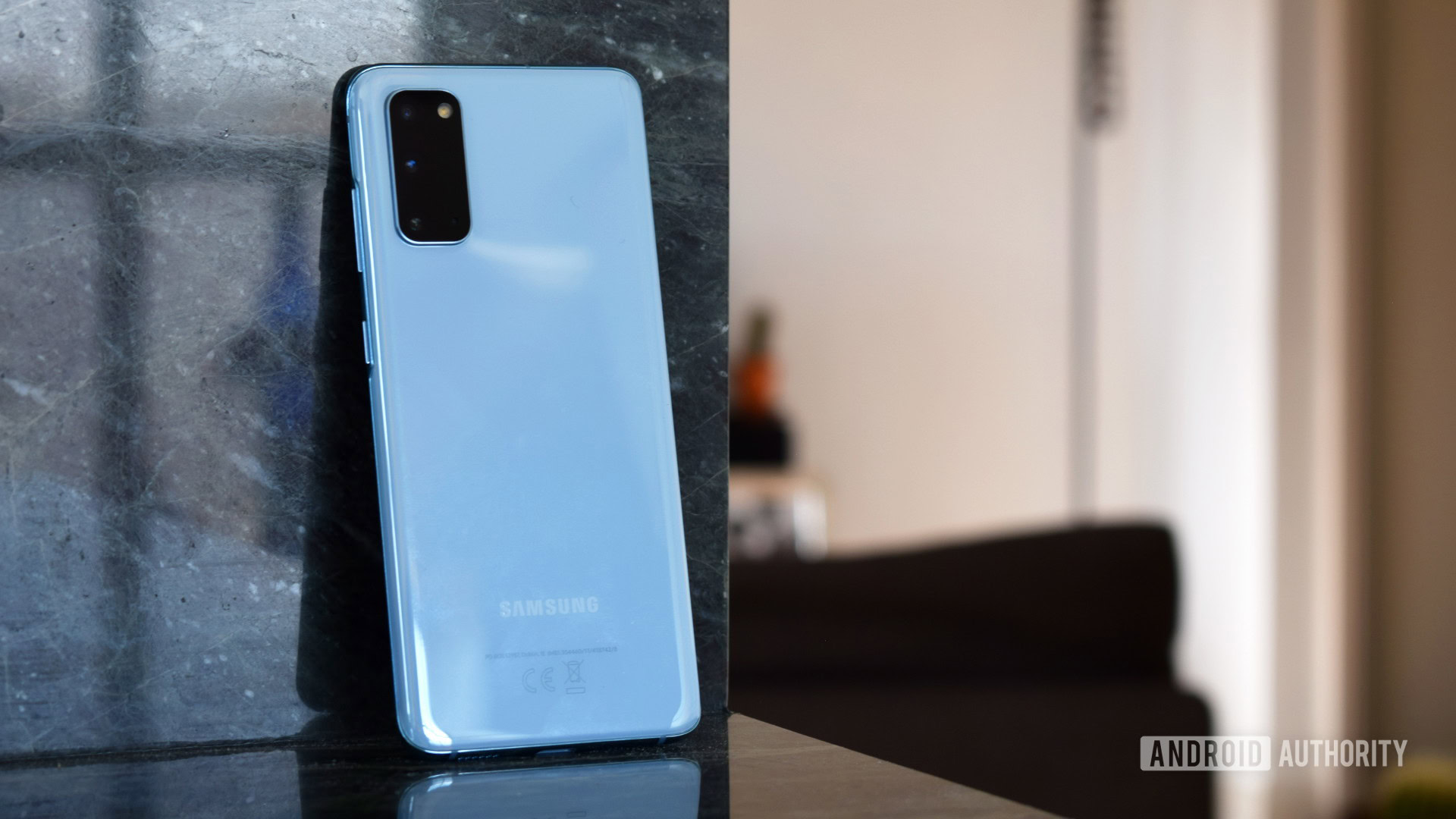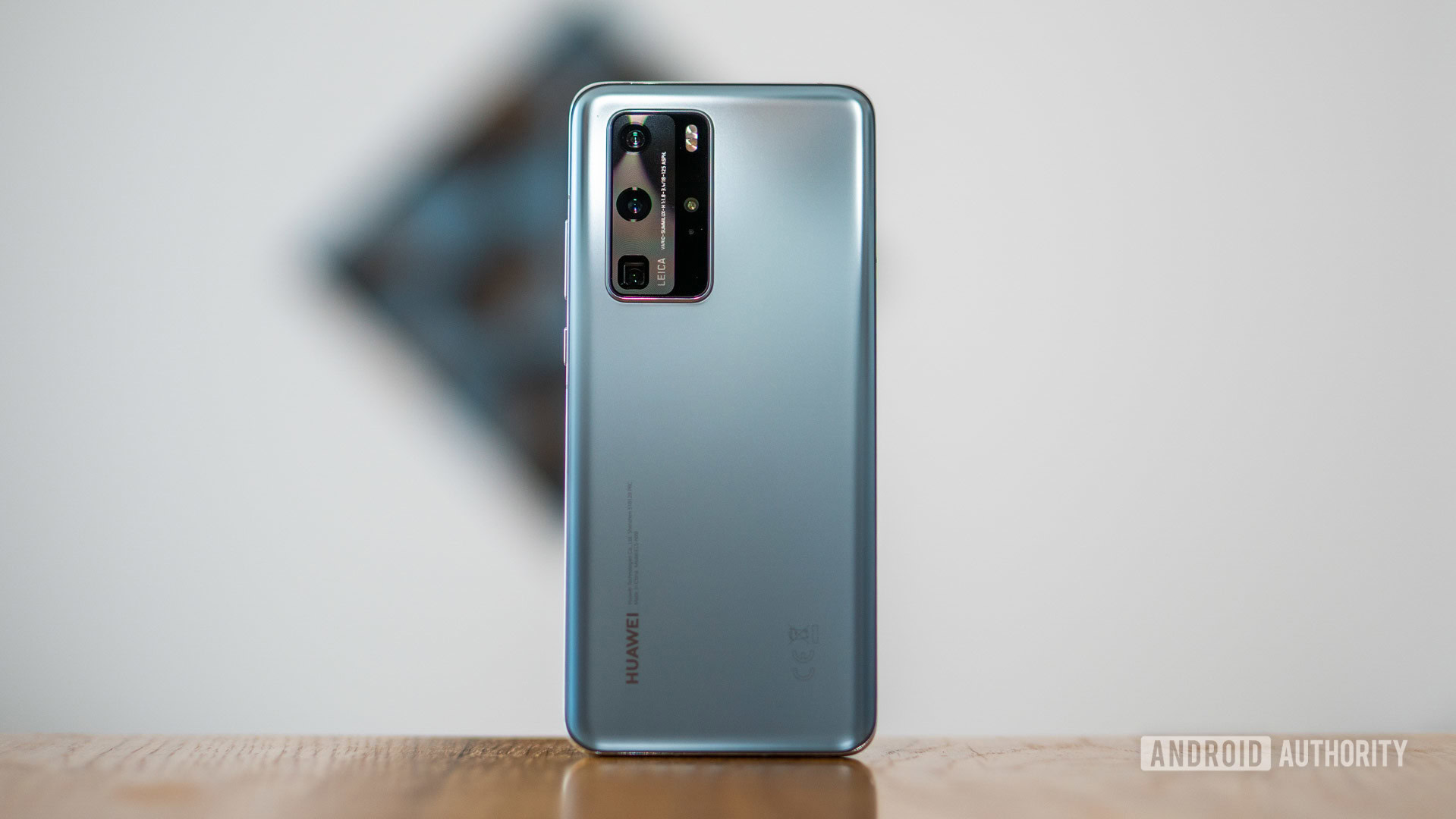Affiliate links on Android Authority may earn us a commission. Learn more.
COVID-19: Here's how smartphone brands could and should react

The COVID-19 pandemic is wreaking havoc everywhere, forcing people into lockdown and destabilizing many economies. And that’s without the hundreds of thousands of lives claimed by the coronavirus itself.
The smartphone industry has also been affected by the pandemic, as manufacturers host online launches and delay smartphone releases. But what kind of impact if any will this have on OEM strategies in 2020?
“COVID-19 will have surely have an impact on vendor strategies. This will range from managing the supply chain, product planning, channel support, cutting down marketing budgets and managing inventory,” Counterpoint Research associate director Tarun Pathak told Android Authority in response to an emailed query.
Read: COVID-19 pandemic could lead to 10-year low in smartphone sales
The Counterpoint director also noted that brands with a global presence will have different challenges to deal with during the pandemic. A brand with a presence in both China and Europe will need to deal with post-recovery demand in China while also addressing a slump in Europe.
“Additionally, the brand will also need to keep an eye on demand post-recovery. No OEM would ideally like to run into a situation where they are sitting on a lean inventory post-recovery and miss on the post-recovery demand,” Pathak says.
The analyst believes manufacturers’ number one priority will be to get rid of inventory after sales recover while staying aggressive with new product releases.
What about $1,000 phones?
We’ve seen quite a few phones being released recently with ~$1,000 price tags or more, such as the Galaxy S20 series, HUAWEI P40 Pro and Pro Plus, and the Mi 10 Pro (at least in Europe). But what kind of impact will the pandemic have on sales of these devices? Instead of abandoning smartphone purchases, Pathak says consumers are more likely to delay buying them for up to six months.
“So in a case of economic impact, people might go for a lesser value smartphone than previously planned (sic). Hence smartphone demand will only be postponed, especially when we are in the middle of a tech transition to 5G.”

Meanwhile, Canalys research analyst Mo Jia tells Android Authority that many premium devices sold in the likes of France, Italy, and Spain are sold via offline retailers, but COVID-19 has largely shuttered these sales outlets. The analyst says the combination of shuttered offline retailers, demand for sub-$200 phones, and cheaper 5G phones means they don’t expect strong sales from $1,000+ devices.
This doesn’t mean that low-end smartphones could see a resurgence in this time though, with Pathak saying “users in that segment will save for more practical items and necessities.”
COVID-19 plus no Google services

One of the biggest potential casualties at first glance might be Huawei, as the company is contending with both COVID-19’s effects as well as no Google Mobile Services (GMS). But the analysts say China could prove to be vital once again, especially as it undergoes recovery of both supply and demand.
“Almost 60% of HUAWEI sales are from China and as the situation in China is going back to normal, we expect HUAWEI to rebound well in China in the coming months but it is going to face challenges in the rest of the world,” says Pathak, adding that this could be HUAWEI’s most difficult year for sales outside China.
This sentiment was echoed by Jia, who noted that China could be the cash cow for HUAWEI, while also helping them maintain scale. But the Canalys representative says most overseas markets will still be a “severe challenge” for the brand.
“For example, HUAWEI has dropped 12% in the Middle East and Africa, 67% in APAC (excluding Greater China) and 20% in Europe in Q4 2019, compared to Q4 2018, during its aggressive global expansion,” Jia says, but points to the likes of Russia and its reduced reliance on Google services as one possible opportunity.
Do you expect manufacturers to change their smartphone strategies in 2020 due to the coronavirus pandemic?